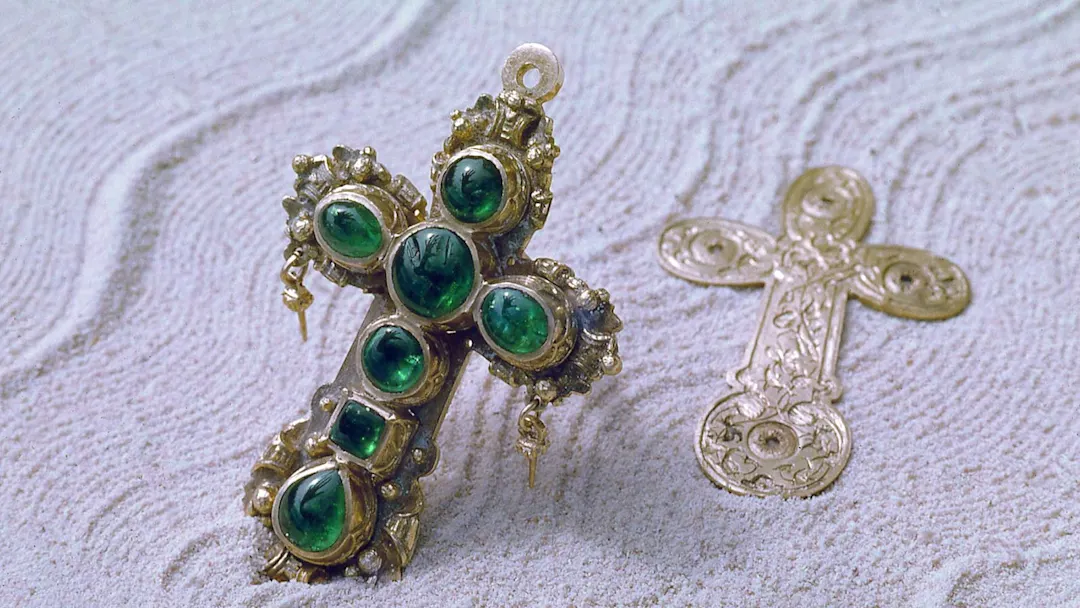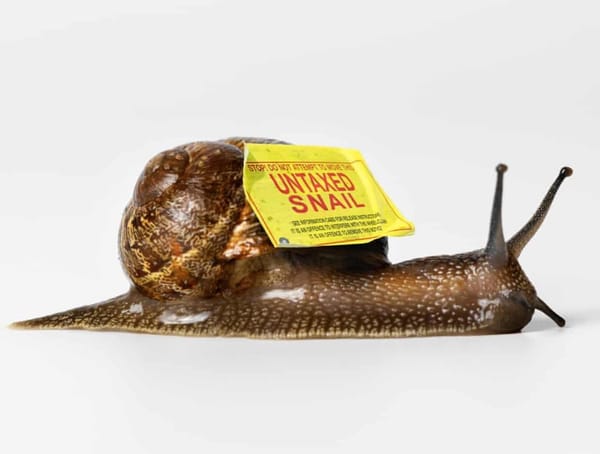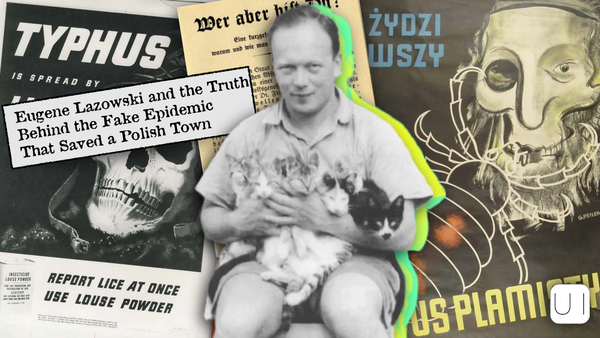Treasure Island: The enduring enigma of Tucker’s Cross

From Mental Floss: "It was 1955, and Tucker, 30, was underwater in Bermuda. He was diving at the site of a shipwreck, which he would later learn to be the 16th-century Spanish ship the San Pedro. On the seventh day, Tucker was tugging on a piece of wood 30 feet below the surface when he made the discovery of a lifetime. The 22-karat cross, barely bigger than the palm of his hand, featured seven green emeralds unharmed by hundreds of years spent in the water. One dealer who got wind of the discovery offered Tucker $25,000 for it, the equivalent of $280,000 today. Another offer came from Clare Boothe Luce, the U.S. ambassador to Italy who held the cross’s Catholic symbolism in high esteem. She told Tucker she was prepared to pay $100,000 for it, or $1.1 million today. But Bermuda acquired Tucker’s cross, and they kept it on public display at the Bermuda Aquarium. In 1975, it was temporarily relocated for a special occasion: a visit from Queen Elizabeth II. Then it suddenly disappeared."
Do cartoon rabbits eat carrots because Bugs Bunny imitated Clark Gable?

From Snack Stack: "We know that real rabbits aren’t huge fans of carrots. Is our association between animal and vegetable based not on nature but on a cartoon in which Bugs Bunny parodies Clark Gable in “It Happened One Night?” It's true that wild rabbits aren’t going around digging up carrots just for a treat. They’re content with grass and clover and leaves and maybe the above-ground vegetables in the local gardens. I had to do some fact-checking. Is Bugs Bunny really imitating Clark Gable when he eats carrots? Yes, this checks out. This fact is discussed in the documentary “Bugs Bunny: Superstar,” released in 1975 and narrated by Orson Welles. And what about the idea that Bugs Bunny created the cultural belief that rabbits love carrots? It’s fairly easy to fact-check this. All we have to do is see if “bunnies eat carrots” was a common belief prior to 1940, the year that Bugs made his veggie-chomping debut in “A Wild Hare.”
These strange circles in the sky are still baffling astronomers

From Scientific American: "It’s rare these days for astronomers to find a new class of object in the heavens. After all, we’ve been searching the skies for centuries, so all the easy stuff has already been found.Adding new capabilities to our searches does tend to result in new discoveries, however. In 2019 astronomers stumbled upon just such a thing when they found multiple examples of a previously unknown structure. The objects turned up in a pilot survey using the at-the-time newly completed radio telescope called the Australian Square Kilometer Array Pathfinder (or ASKAP) telescope, a collection of 36 radio dishes, each 12 meters wide, located in Western Australia. These new objects didn’t correspond to any previously known structure, didn’t have an obvious source and, outside of radio emission, were invisible in wavelengths of light. Lacking any obvious mechanism for their creation, astronomers dubbed them ORCs: odd radio circles."
Hi everyone! Mathew Ingram here. I am able to continue writing this newsletter in part because of your financial help and support, which you can do either through my Patreon or by upgrading your subscription to a monthly contribution. I enjoy gathering all of these links and sharing them with you, but it does take time, and your support makes it possible for me to do that. I also write a weekly newsletter of technology analysis called The Torment Nexus.
Ben Franklin's one simple trick to save sailors from drowning

From Now I Know: "On April 20, 2010, the Deepwater Horizon, an offshore oil rig operating in the Gulf of Mexico exploded and more than 200 million gallons of crude oil spilled into the Gulf. As most people know, it's a really bad idea to dump crude oil into the ocean. But olive oil? Or fish oil? Not only is that fine, but — as ten sailors from the late 1800s could have attested — it may also save lives. And they may have had Ben Franklin to thank for it. Franklin is famous for many things, but above all he was insatiably curious. At some point during his travels Franklin was on a ship in the Atlantic, and noticed that the water behind the ship wasn’t as rough as the surrounding seas. He investigated and found that small amounts of cooking oil from the ship’s galley had leaked into the water behind them, and for some reason, the oil-tainted ocean water turned calm. As he wrote in a November 1773 letter, he made a point of carrying some oil with him so he could replicate the effect, and found that it almost always worked."
Newly discovered 'bone collector' caterpillar adorns itself in insect body parts

From Ars Technica: "We think of moths and butterflies as relatively harmless creatures, but there are certain species with a darker side—for example, carnivorous caterpillars that eat aphids, butterflies that drink alligator tears, or vampire moths that feed on livestock blood. Add to that list the newly discovered 'bone collector' caterpillar, which conducts daring raids on spider webs for sustenance, camouflaging itself in the body parts of already-consumed insects to avoid being eaten. Not only that, but according to a new paper published in the journal Science, the caterpillars can tailor those insect parts, nibbling away at any excess material to ensure a proper fit. Daniel Rubinoff, an entomologist at the University of Hawaii, was on Oa'hu when he came across a little tree hollow and spotted something that looked like a bag of bug bits. The caterpillar then stuck its head out, and the researchers realized it was a new kind."
This is how easy it is to create a real-time video 'deepfake' of famous people
This is absolutely terrifying pic.twitter.com/jf2sEoHEL0
— Sir Doge of the Coin ⚔️ (@dogeofficialceo) May 1, 2025
Acknowledgements: I find a lot of these links myself, but I also get some from other newsletters that I rely on as "serendipity engines," such as The Morning News from Rosecrans Baldwin and Andrew Womack, Jodi Ettenberg's Curious About Everything, Dan Lewis's Now I Know, Robert Cottrell and Caroline Crampton's The Browser, Clive Thompson's Linkfest, Noah Brier and Colin Nagy's Why Is This Interesting, Maria Popova's The Marginalian, Sheehan Quirke AKA The Cultural Tutor, the Smithsonian magazine, and JSTOR Daily. If you come across something interesting that you think should be included here, please feel free to email me at mathew @ mathewingram dot com



